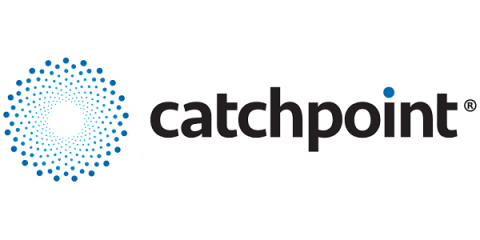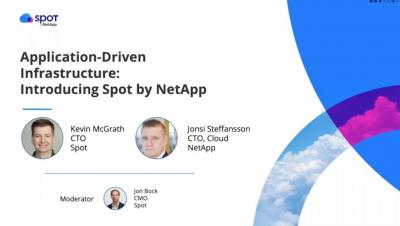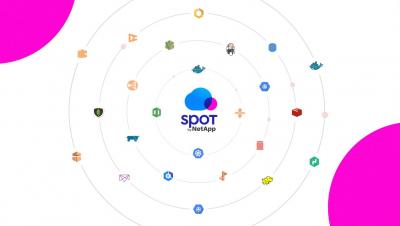"Things get SREious": SRE from Home Recap
Without SRECon happening this year and the world turned upside down from COVID-19, we set out to hold a virtual event to bring SREs together to share their experiences of what has changed. Last week’s SRE from Home was exactly that. With 1900 registrants, 20 lively Slack channels, six illuminating and entertaining talks from a diverse range of experts in the field and our #askanSRE panel answering attendees’ questions with a candid generosity, it was an amazing, jam-packed day.











